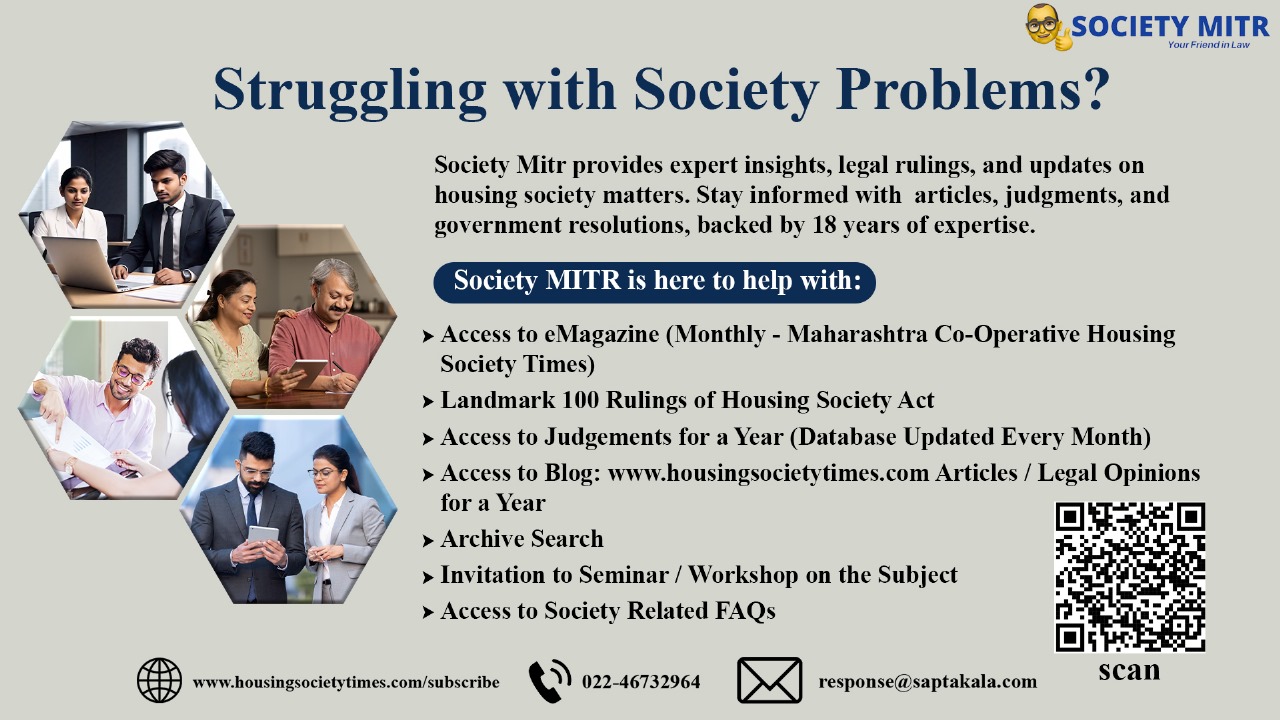The Bombay High Court, presided over by Single Judge Gauri Godse, issued a significant ruling on July 25, 2024, concerning the legal status of a Sanad as a document of title for land granted in the early 20th century. The case, involving the heirs of Ahmed Fakirsaheb Kokani and the heirs of Shri Mohammedsaheb Hasansaheb Khatib, revolved around the interpretation of land rights granted under a Sanad issued in 1920 by the then government.
The land in question was originally granted to Shri Ahmedsaheb Kadarsaheb Kokani under a Sanad, a type of legal grant, which was heritable and transferable. The issue arose when the Collector issued a show cause notice in 1987, claiming that the lease had expired and the land was being used in violation of the Sanad’s terms. The land was subsequently resumed by the government in 1988. However, this order was later quashed by the Minister, and the respondent was treated as a Class II occupant in 1992.
Court’s Analysis and Decision
The key question was whether the Sanad was a valid document of title, and if it conferred a permanent grant of the land. The court clarified that the Sanad, issued under Section 133 of the Bombay Land Revenue Code (BLRC), indicated that the land was granted on a permanent basis, subject to payment of land revenue. The court noted that the Sanad explicitly stated that the grant was heritable and transferable, and not merely a lease that expired after fifty years.

The court further emphasized that the Sanad’s conditions, including the reassessment of land revenue after fifty years, did not imply an automatic cancellation of the grant upon non-payment. Instead, such cancellation would require a discretionary action by the concerned authority, permissible under law.
Conclusion
The Bombay High Court ruled that the Sanad was a valid source of the petitioner’s title, confirming it as a document that conferred permanent land rights. The ruling also clarified that the land could not revert to the government simply because fifty years had elapsed since the original grant. This decision highlights the importance of understanding the specific terms and conditions associated with Sanad grants, especially in legal disputes over land ownership.


